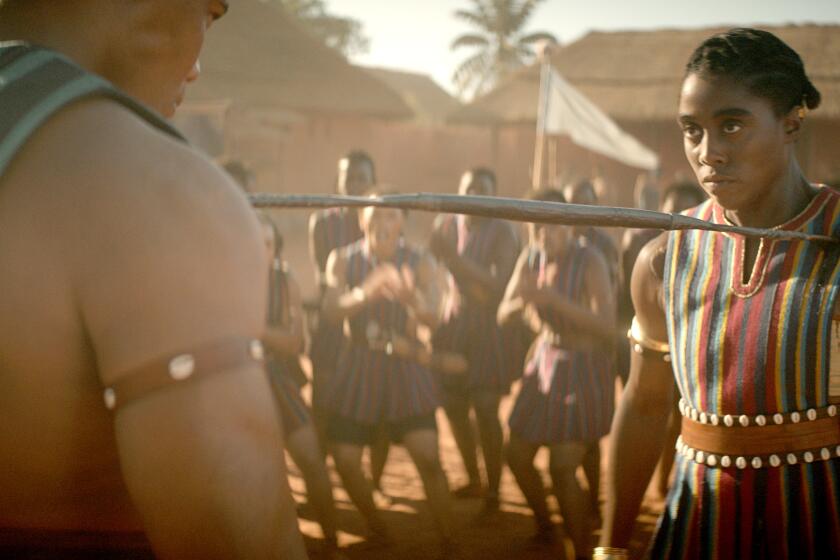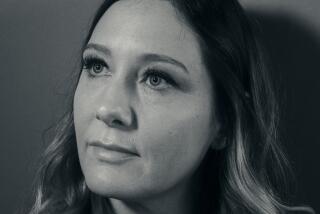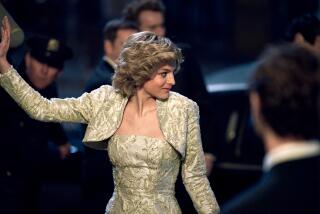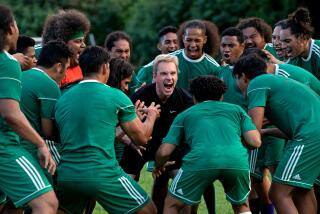How ‘Woman King’s’ story of fierce fighting women began with a tender, motherly moment
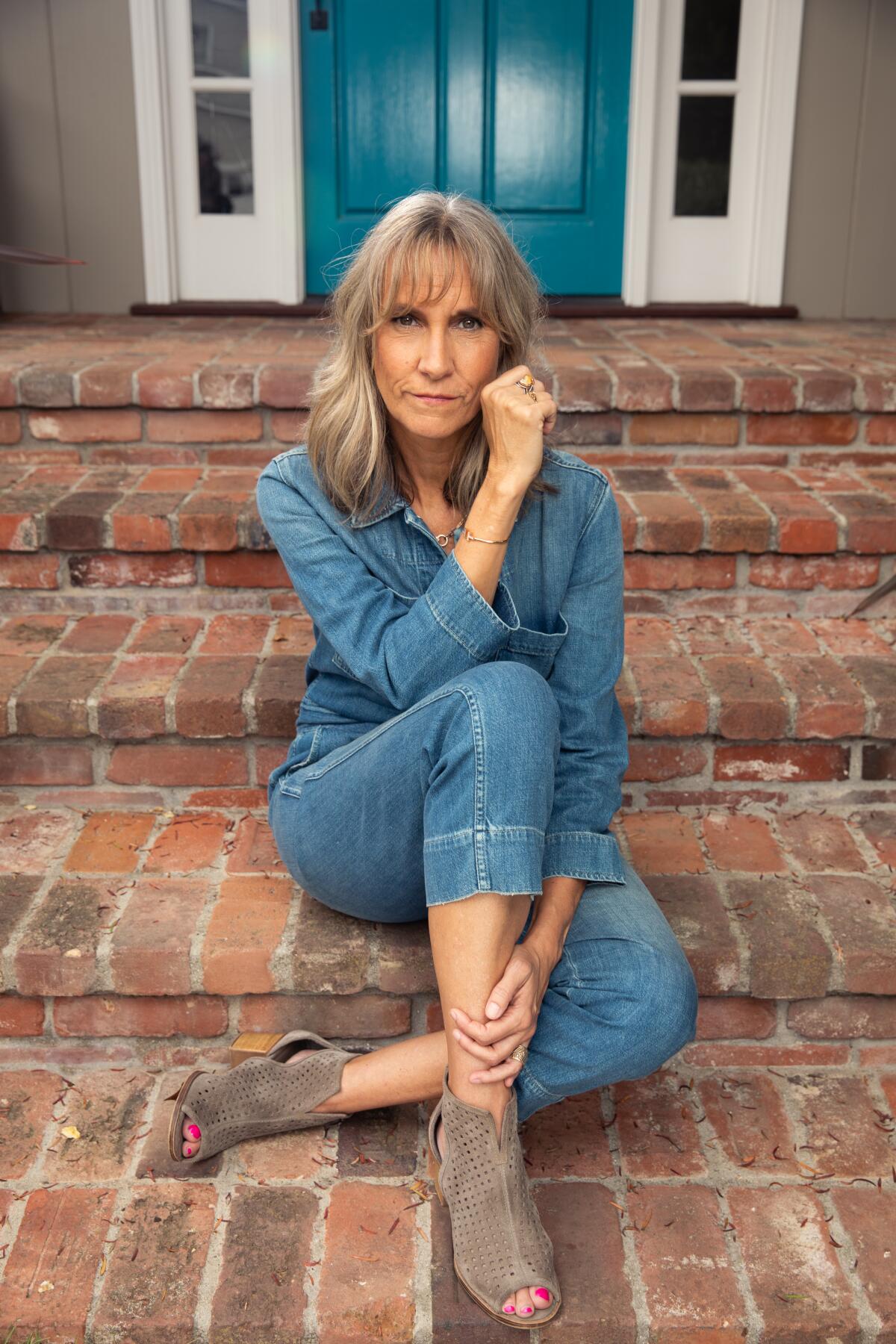
Sometimes it can be just one scene that breaks open a story. One scene that crystallizes in your mind, that you are so excited to write that everything else — character, conflict and plot — becomes clearer. In “The Woman King,” that scene was the moment when Nanisca and Nawi discover they are mother and daughter.
It was always important to me and to our three female producers (Maria Bello, Viola Davis and Cathy Schulman) to address rape as a weapon of war. In conflicts both present and past, women face sexual violence from conquerors and captors. In light of this, what would it really be like to be a woman soldier? How would the trauma of warfare affect the lead character, Nanisca? Her strength comes from surviving the worst a soldier can face. For her, that includes rape. Like many survivors, she pushes down her painful memories. Her coping mechanism is to label emotion as weak. This gave me her hero’s journey. The relationship with the new recruit, Nawi, connects her to her own younger self, and ultimately allows her to heal.
I wanted the movie to feel epic and spiritual, so that a twist like Nawi being Nanisca’s daughter would belong in the tale. Destiny at work. But the logic police in my mind kept saying, how could Nanisca really prove that Nawi is her daughter? The idea of the shark’s tooth scene came to me. The tooth in Nawi’s scar took an emotional scene and made it physical and dangerous. Who is going to cut the scar to see if the tooth is there? The idea made the flashback to Nawi’s birth equally suspenseful — is young Nanisca picking up the knife to kill the infant? The setting of the scene in the baths was a reuniting of mother and child that included blood, tears and water, like childbirth.
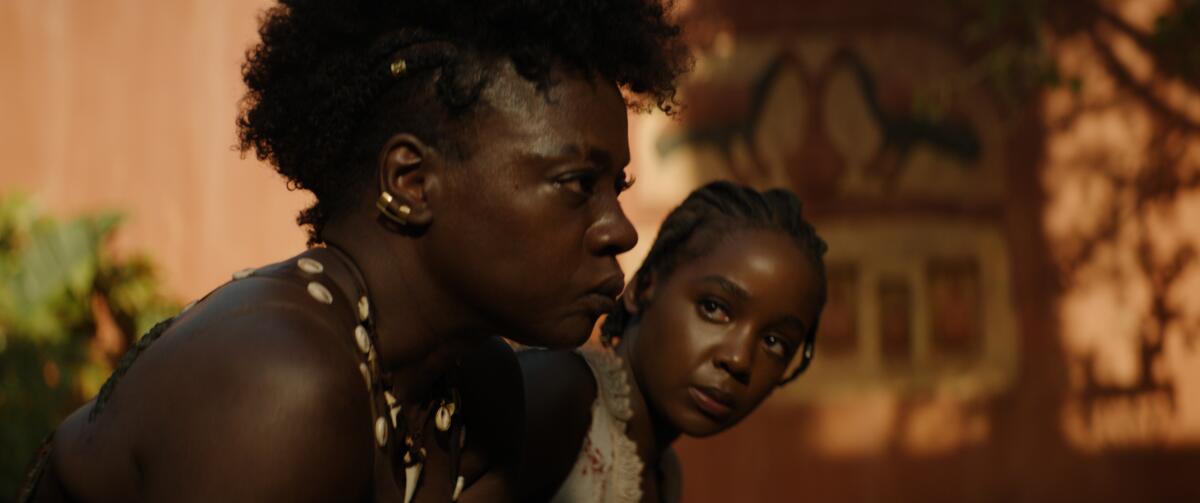
Inspired by this scene, more characters and conflict came into being. Nawi and Nanisca each needed a confidant, someone they could be real with — enter Izogie as Nawi’s mentor, and Amenza as Nanisca’s longtime friend and secret-keeper. Then we turn to the story’s antagonists. The mother/daughter story echoes here as well, in the king’s wife, Shante, inhabiting the world of women who chose to be mothers, in Nanisca’s rapist, the Oyo general Oba, and the slave captain Santo, who may take Nawi away forever.
Director Gina Prince-Bythewood, Beninese economist and historian Leonard Wantchekon and film professor Racquel Gates push back on the online campaign accusing ‘The Woman King’ of historical revisionism.
At the same time the character journeys were developing, I was deep into research about 200 years of Agojie history. There was much to absorb. I was blown away by the beauty and sophistication of Dahomey culture, with details as juicy and exciting as epic stories from “Gladiator” to “Game of Thrones.” Eyewitness accounts of the Agojie, however, were written by white men in an era of colonialism — men who were promoting a narrative of Africa as a fearful, violent place. I wanted to tell this story through a new lens, from the point of view of the women warriors.
A book about the port of Ouidah mentioned an 1823 battle between the Kingdom of Dahomey and the Oyo Empire. The much smaller forces of Dahomey emerged triumphant. I started to narrow in on that date. Dahomey history from that year shows they have a young king, Ghezo, brought to the throne in a coup by the Agojie. That would make his relationship with Nanisca close and complex. 1823 was also a time when the English had abandoned their fort at Ouidah and were trying to stop the slave trade. Perhaps Nanisca sees this as a moment to advocate for change among her own people? Grounding the fictional characters in the reality of their time was key in the writing.
“That movie will never get made.”
This is something a producer said after I told him about my exciting new project, “The Woman King.” I never asked him why. Was it because it was an action film lead by a cast of women? Or because those women were Black? Or because the movie would be too expensive? Perhaps all of the above. Luckily, he was wrong. The team behind this film pushed back all the doubters to tell a story about powerful Black women whose courage, skill and sisterhood bring them an epic victory.
More to Read
From the Oscars to the Emmys.
Get the Envelope newsletter for exclusive awards season coverage, behind-the-scenes stories from the Envelope podcast and columnist Glenn Whipp’s must-read analysis.
You may occasionally receive promotional content from the Los Angeles Times.
